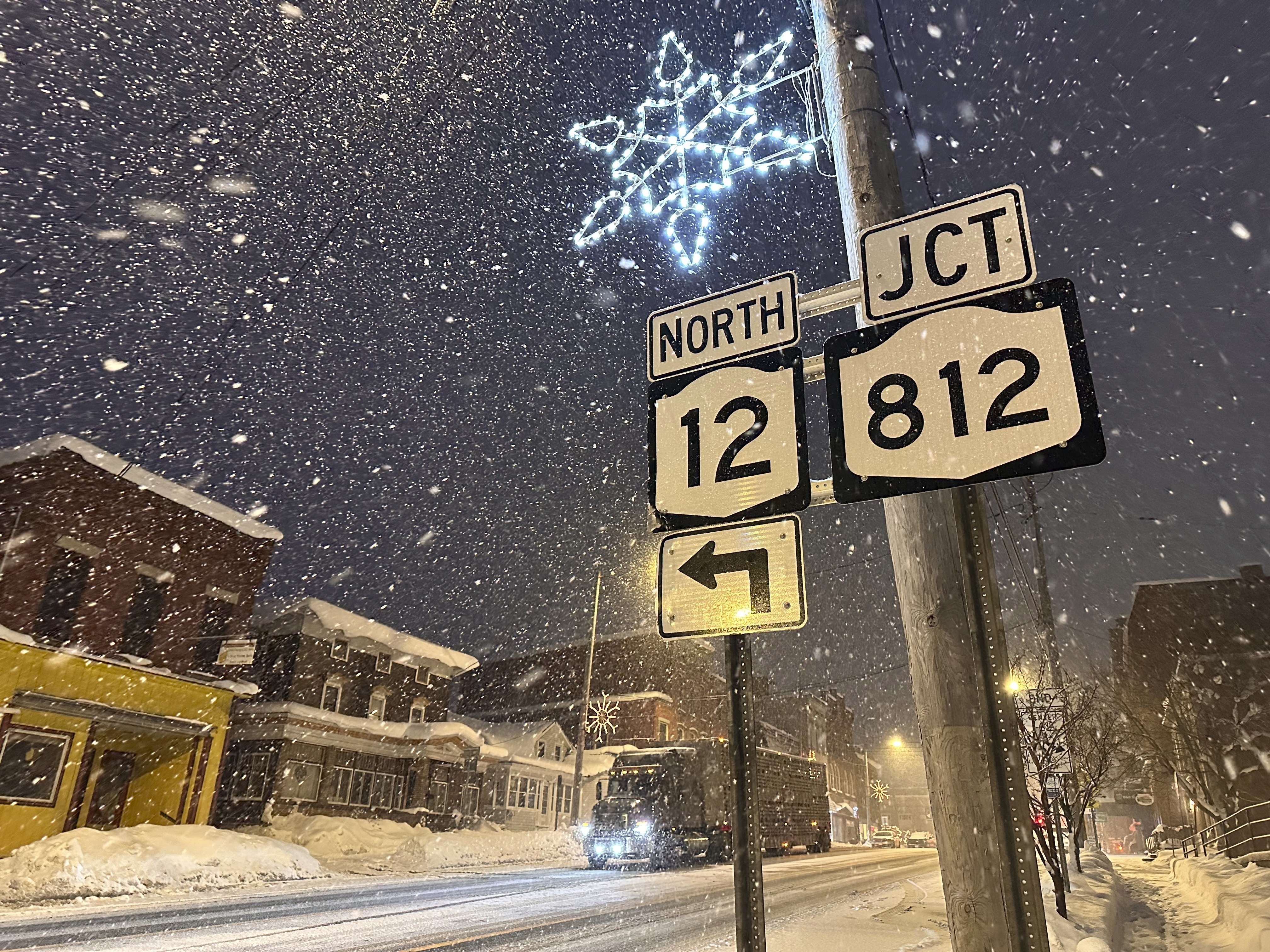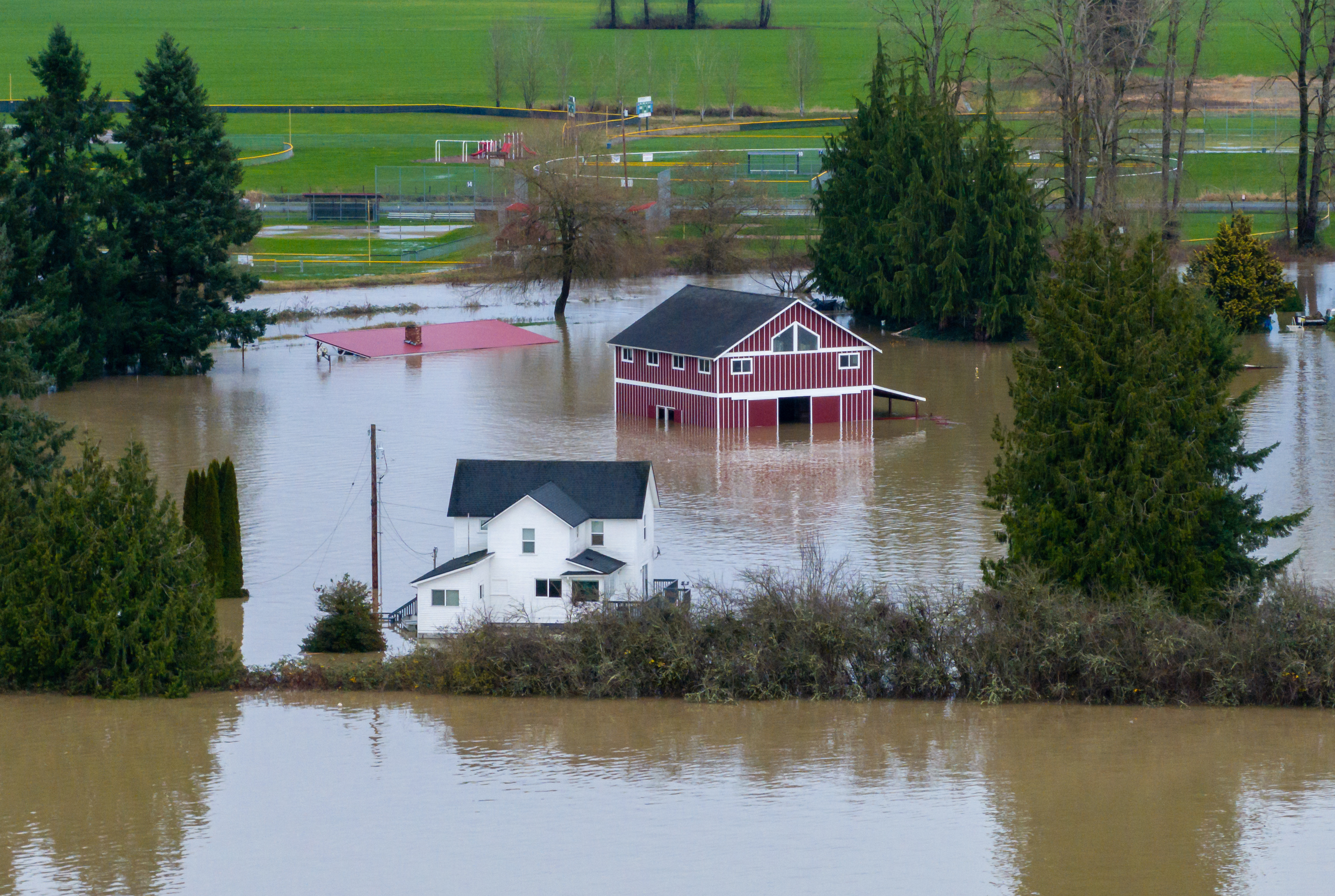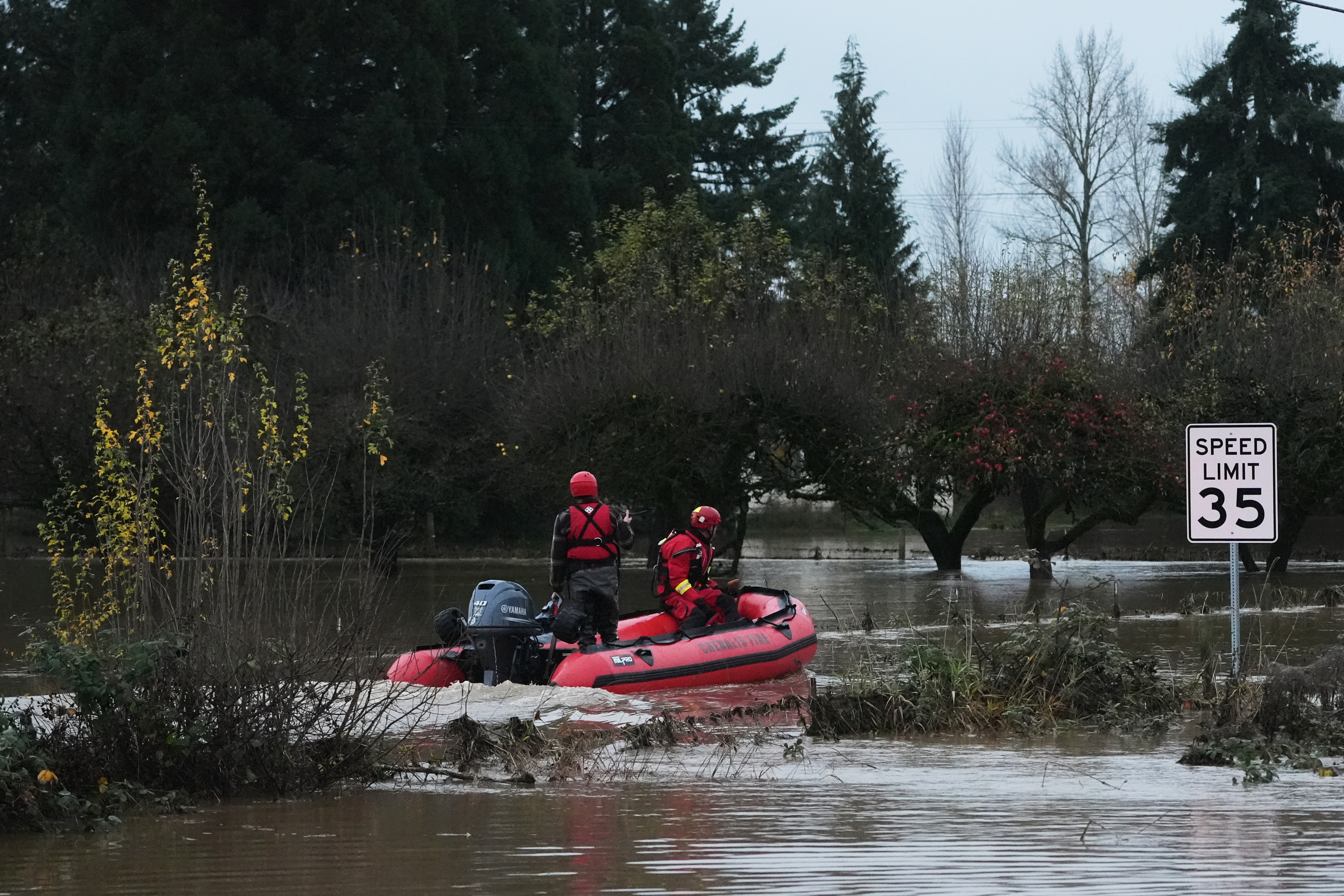States in the northern plains are largely shutting down ahead of a massive winter storm that could dump up to 2 feet of snow in some areas, accompanied by strong winds and dangerously cold temperatures.
Many schools throughout the Dakotas, Minnesota and Wisconsin were called off for Wednesday, ahead of the storm. Offices closed, and so did the Minnesota Legislature, which won't reconvene until Monday. Emergency management leaders warned people to stay off the roads or face potential “whiteout” conditions due to the snow and fierce winds.
The storm will make its way toward the East Coast later in the week. Places that don't get snow may get dangerous amounts of ice. Forecasters expect up to a half-inch of ice in some areas of southern Michigan, northern Illinois and some eastern states.
The snowfall could be historic, even in a region accustomed to heavy snow. As much as 25 inches may pile up, with the heaviest amounts falling across east-central Minnesota and west-central Wisconsin, the National Weather Service said. Wind gusts could reach 50 mph and wind chills are expected to hit minus 50 degrees Fahrenheit in some parts of the Dakotas and Minnesota.
The Minneapolis-St. Paul area could see 2 feet of snow or more for the first time in over 30 years.

What extreme cold does to your house and the things in it
In winter, many parts of the U.S. face extreme low temperatures — and all the household troubles frigid temps bring.
The weather service said the blizzard will actually involve two rounds. For the Minneapolis-St. Paul area, the first blast arrives Wednesday afternoon with up to 7 inches of snow. Round two starting later Wednesday and extending into Thursday is the real whopper, “with an additional 10 to 20 inches expected.”
Weather service meteorologist Frank Pereira said the system was expected to affect about 43 million Americans.
Temperatures could plunge to minus 15 to minus 20 degrees Fahrenheit Thursday and to minus 25 degrees Fahrenheit Friday in Grand Forks, North Dakota. Wind chills may fall to minus 50 degrees Fahrenheit, said Nathan Rick, a meteorologist in Grand Forks.
Wind gusts of 35 mph will be common in western and central Minnesota, with some reaching 50 mph. That will result in “significant blowing and drifting snow with whiteout conditions in open areas,” the weather service said.
According to the weather service, the biggest snow event on record in the Twin Cities was 28.4 inches from Oct. 31 through Nov. 3, 1991 — known as the Halloween Blizzard. The second-largest was 21.1 inches of snow from Nov. 29 through Dec. 1, 1985. The Twin Cities got 20 inches of snow on Jan. 22 and Jan. 23, 1982.

Climate change making the homeless population even more vulnerable
Americans who experience homelessness often feel the impacts of extreme weather events first.
Forecasters at AccuWeather said the same storm system could result in icing across a 1,300-mile band from near Omaha, Nebraska, to New Hampshire on Wednesday and Thursday, creating potential travel hazards in or near cities such as Milwaukee, Detroit, Chicago and Boston.
As the northern U.S. deals with a winter blast, record warmth is expected in the mid-Atlantic and Southeast — 30 degrees to 40 degrees above normal in some places. Record highs are expected from Baltimore to New Orleans and in much of Florida, Pereira said.
Washington, D.C., could hit 80 degrees on Thursday, which would top the record of 78 degrees set in 1874.
California was also preparing for the latest in a series of winter storms as winds that began blowing Tuesday brought the potential for rain, snow and hail for much of the state. A “major snow event” was possible in foothills and mountains near Los Angeles, with several inches predicted even for elevations as low as 1,000 feet, the National Weather Service said.
Additional reporting by The Associated Press.










